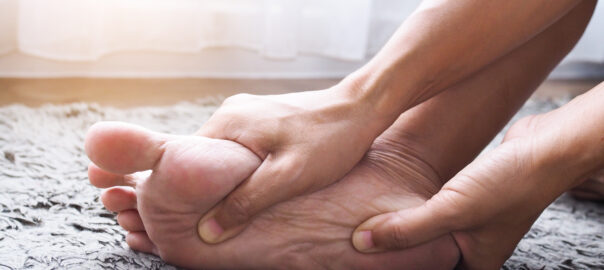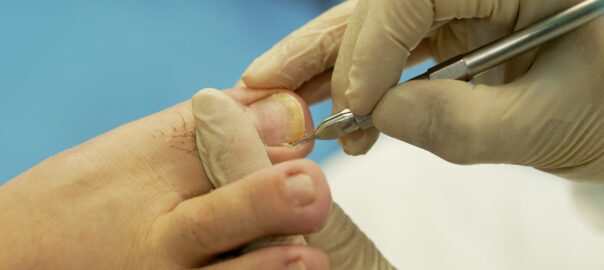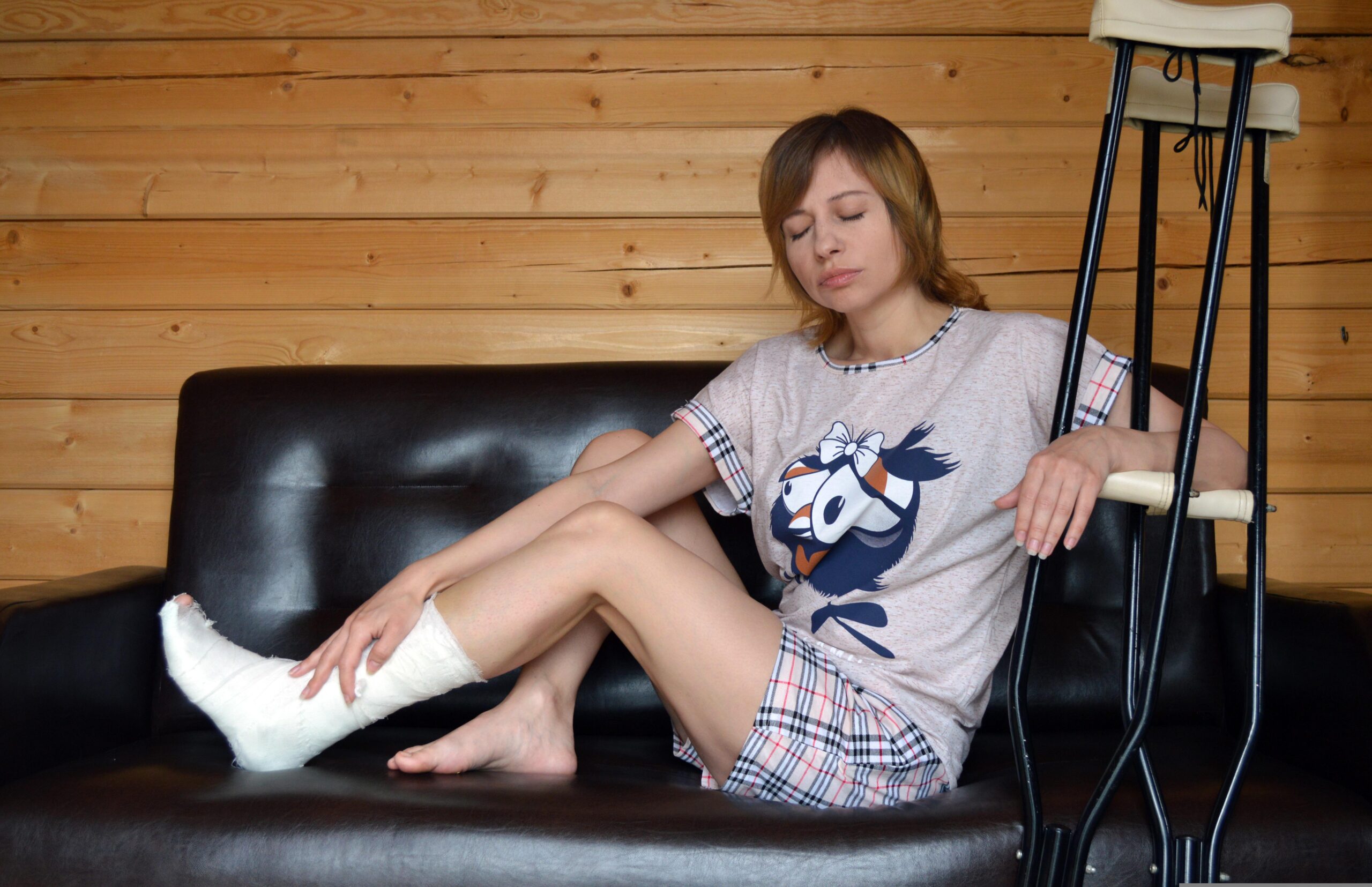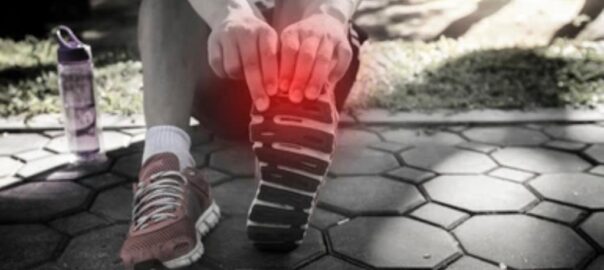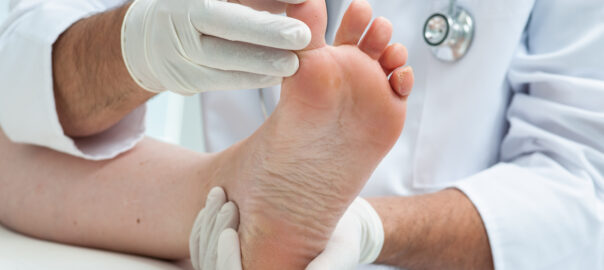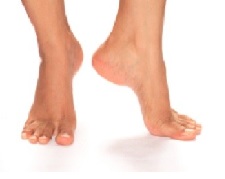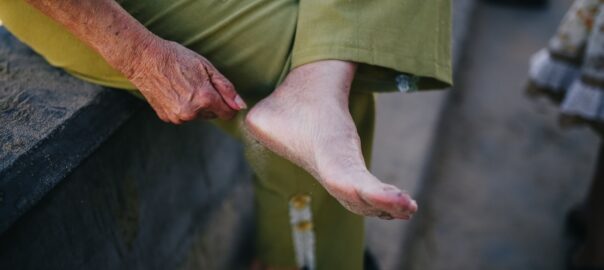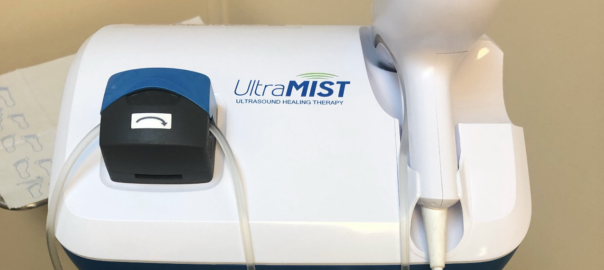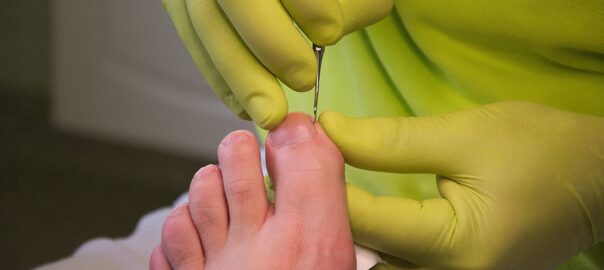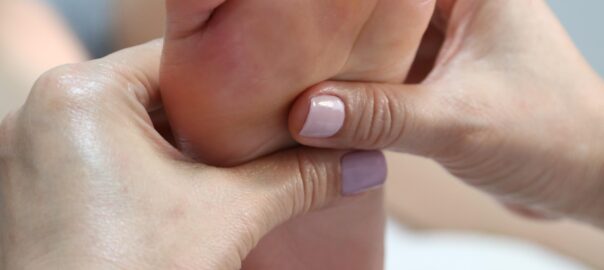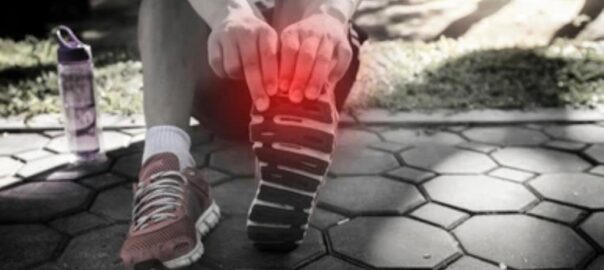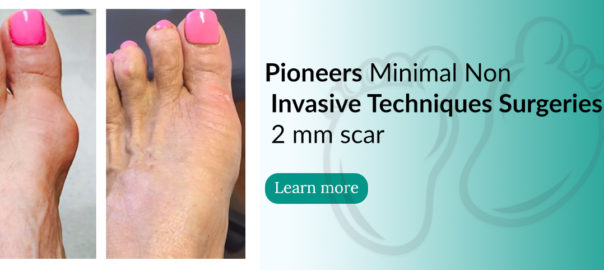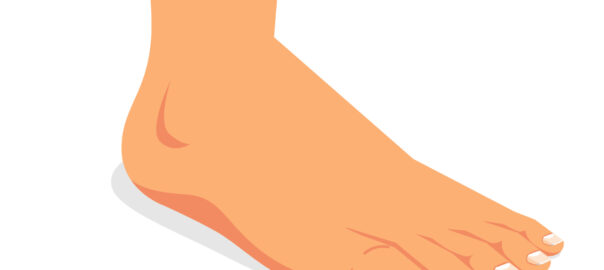Causes of Pain in the Ball of the Foot
Pain in the ball of your foot is often caused by exercise, such as running, wearing shoes that are too tight or a condition such as arthritis. Some people also have a foot shape that puts extra pressure on the ball of the foot. Hard or cracked skin or a verruca can also cause this type of pain.
Pain in the ball of the foot, also known as metatarsalgia, can be caused by a variety of factors. Foot pain can be extremely painful and debilitating. If you have a foot pain, consult with one of our podiatrists from Illinois Mobile Foot Care at 312-998-0974. Our doctors will assess your condition and provide you with quality foot and ankle treatment.
Some common causes of pain in the ball of the foot:
- High-Impact Activities: Activities that involve repetitive high-impact movements, such as running or jumping, can lead to stress and strain on the metatarsal bones and surrounding tissues, causing pain in the ball of the foot.
- Ill-Fitting Footwear: Wearing shoes that don’t provide proper support or have inadequate cushioning can lead to increased pressure on the ball of the foot. High heels, shoes with narrow toe boxes, or shoes that lack arch support can contribute to metatarsalgia.
- Morton’s Neuroma: This is a condition where a nerve between the metatarsal bones becomes compressed or irritated, often causing sharp, burning pain in the ball of the foot.
- Metatarsal Stress Fracture: Overuse or repetitive impact on the metatarsal bones can result in stress fractures, leading to localized pain in the ball of the foot.
- Bunions: Bunions are bony growths that can develop at the base of the big toe, causing misalignment of the metatarsal bones and contributing to ball of the foot pain.
- Plantar Plate Tear: The plantar plate is a thick ligamentous structure that helps stabilize the metatarsophalangeal joints. Tears or inflammation of this ligament can lead to pain in the ball of the foot.
- Arthritis: Osteoarthritis or inflammatory arthritis in the foot joints can cause pain and discomfort in the ball of the foot.
- Obesity: Excess body weight increases pressure on the feet and can contribute to metatarsalgia.
- Foot Deformities: Certain foot deformities, such as high arches or flat feet, can lead to an uneven distribution of weight on the metatarsal bones, causing pain in the ball of the foot.
- Tight Foot Muscles: Tight calf muscles or Achilles tendons can alter the biomechanics of the foot and contribute to metatarsalgia.
- Infections and Inflammation: Infections or inflammation in the foot, such as in conditions like gout or cellulitis, can lead to pain in the ball of the foot.
- Nerve Compression: Conditions like tarsal tunnel syndrome involve compression of the nerves in the foot, leading to pain in the ball of the foot.
If you’re experiencing pain in the ball of your foot, call for housecall podiatrist visit: 312-998-0974. They can accurately diagnose the underlying cause and recommend appropriate treatment, which may include rest, physical therapy, custom orthotics, changes in footwear, medications, or in some cases, surgical intervention.





